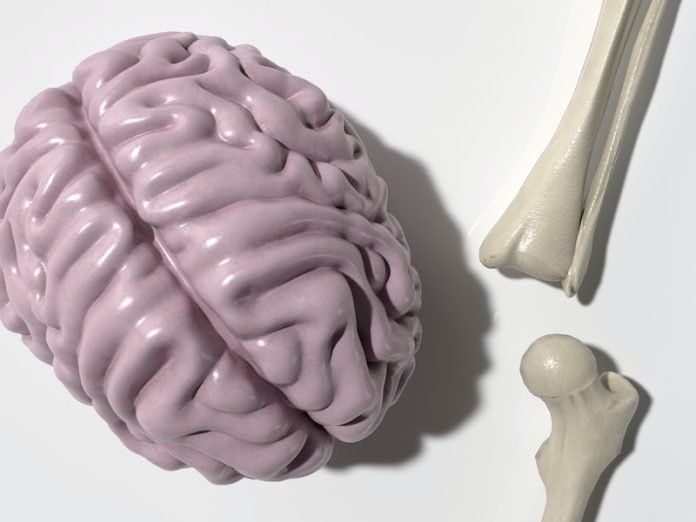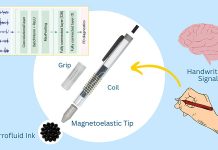
The Alzheimer’s Challenge
Alzheimer’s disease (AD) is a type of dementia affecting over 50 million people worldwide.
This brain disorder involves the buildup of a protein, known as amyloid beta, which disrupts the communication between brain cells.
To date, there’s no cure for Alzheimer’s, but recent breakthroughs may offer hope for slowing its progression.
A Novel Finding in Alzheimer’s Research
In an article published in the journal Neuron on May 10, researchers took a significant step in Alzheimer’s research.
For the first time, they described the structure of a unique kind of amyloid beta plaque associated with Alzheimer’s progression.
These small protein clumps can move freely through brain tissue fluid, disturbing the functioning of neurons in various brain regions.
A New Treatment on the Horizon
This finding is particularly relevant as it coincides with the introduction of a new treatment for Alzheimer’s.
“We now have a treatment that could slow cognitive decline in Alzheimer’s patients.
This is something we’ve never been able to claim before,” says Dennis Selkoe, one of the authors of the study and a researcher at Brigham and Women’s Hospital in Boston.
The U.S. Food and Drug Administration recently approved lecanemab, an antibody therapy for Alzheimer’s. In clinical trials, this drug slowed cognitive decline in early-stage Alzheimer’s patients.
Researchers believe that lecanemab works by binding to and neutralizing these tiny, freely floating amyloid beta clumps, referred to as protofibrils or oligomers.
Decoding the Structure of Protofibrils
However, a clear understanding of the structure of these protofibrils or oligomers was lacking.
Andrew Stern, the study’s first author and a neurologist at the Brigham and Women’s Hospital, says, “It’s important to know what exactly lecanemab binds to.
This knowledge could reveal something special about how the drug works.”
The research team managed to isolate these tiny, free-floating amyloid beta clumps by treating postmortem brain tissues from typical Alzheimer’s patients with saline solutions.
Then, in collaboration with the Laboratory for Molecular Biology in Cambridge, UK, they defined the atomic structure of these tiny clumps, down to the individual atom.
Future Directions
Selkoe explains, “Knowing your enemies makes it easier to defeat them. Our research identifies the ‘bad guy’ and something that can neutralize it.”
The team plans to study how these tiny amyloid beta clumps travel through the living brain and how the immune system responds to them.
They believe understanding these aspects could lead to improved drugs for Alzheimer’s.
“If we can understand how these small, diffusible fibrils cause toxicity, the next generation of Alzheimer’s drugs could be better,” Stern concludes.
If you care about brain health, please read studies about vitamin D deficiency linked to Alzheimer’s and vascular dementia, and higher magnesium intake could help benefit brain health.
For more information about brain health, please see recent studies about antioxidants that could help reduce dementia risk, and coconut oil could help improve cognitive function in Alzheimer’s.
The study was published in Neuron.
Copyright © 2023 Knowridge Science Report. All rights reserved.



